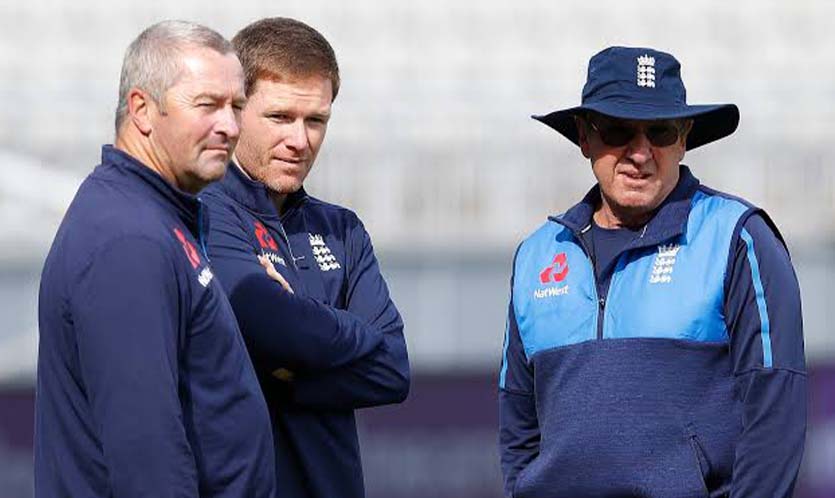Sussex head coach Paul Farbrace believes English cricket has a unique opportunity to reshape the structure of the men’s county game, focusing on what is best for the sport rather than financial concerns. This comes in the wake of the England and Wales Cricket Board (ECB) securing a significant financial boost from the sale of equity in The Hundred.
The recent process to attract outside investment in The Hundred franchises concluded with approximately £500 million expected to be distributed once exclusivity agreements are finalized. Non-host counties like Sussex could receive £25-30 million, providing an unprecedented chance to “recapitalise the county game for the next 20-25 years,” according to ECB chief executive Richard Gould.
A Shift Towards Cricket-Focused Decisions
Farbrace, who has held senior coaching roles at Warwickshire, Yorkshire, Kent, and England Men, suggests that this financial security should empower county decision-makers to prioritize the game’s future. Historically, county cricket’s structure has been influenced by competing interests—coaches seeking fewer games and more preparation time, club chairpersons advocating for Championship cricket to satisfy members, and chief executives pushing for more T20 matches to drive revenue.
With the new financial influx, Farbrace argues these competing demands can be set aside to prioritize what is best for English cricket. “We’ve never had a better opportunity to develop a county plan that serves the sport first,” he said. “The money from The Hundred means financial pressures should no longer dictate the schedule. Now is the time to ask: What is the best structure to produce players for England and deliver the best spectacle for fans?”
He expressed confidence that the current leadership, including Sussex chair Jon Filby and others, will make decisions based on the sport’s long-term interests rather than immediate financial concerns.
The Push for Domestic Season Reform
The ECB is preparing to revisit the domestic season’s structure, almost three years after the counties rejected recommendations from Andrew Strauss’ high-performance review. That review proposed reducing the number of Championship and T20 Blast fixtures to alleviate player workload and streamline the schedule. Since then, concerns about player welfare have intensified, particularly due to the rise of global T20 franchise leagues competing for players during the English summer.
England’s recent struggles in major ICC tournaments—particularly in the 50-over format—have further highlighted the need for change. The current domestic schedule sidelines the 50-over competition, which is played during The Hundred and often features second-string squads.
Farbrace advocates for a more balanced calendar that gives equal importance to all formats. He suggests maintaining a minimum of 12 County Championship matches, reducing the T20 Blast to 10 games, and moving the 50-over competition to the beginning of the season in April and May.
“If we’re going to play 50-over cricket, we need to take it seriously and involve the best players,” he emphasized. “Starting the List A competition in late April could produce better pitches for one-day cricket than for four-day matches at that time of year.”
Balancing the T20 Blast and Player Welfare
Sussex’s T20 captain, Tymal Mills, supports the idea of reducing the T20 Blast to 10 matches. He believes a shorter competition would enhance player welfare, reduce travel burdens, and create a more competitive atmosphere.
“The current 14-game format is too long,” Mills said. “The IPL is the only other tournament with such an extended group stage. Reducing the Blast to 10 games would make each match more significant and maintain quality throughout the competition. It would also allow Finals Day to be scheduled closer to the end of the group stage, reducing the current six-week gap.”
Addressing the August Gap and Future Innovations
Farbrace acknowledges that one challenge remains unresolved: how to fill the county calendar during August while The Hundred is played. He suggests exploring innovative solutions, including the possibility of a second division for The Hundred or additional 50-over fixtures.
Despite the logistical complexities, he insists the primary focus should be on crafting a schedule that prioritizes cricketing excellence over financial considerations.
A Defining Moment for English Cricket
With substantial financial resources now available, Farbrace and others believe the time is right for bold reforms. By focusing on a structure that develops elite players and delivers engaging cricket for fans, English cricket could enter a new era of sustainability and success.
As the ECB prepares to engage with counties and other stakeholders, the decisions made in the coming months could shape the future of the domestic game for decades to come.



